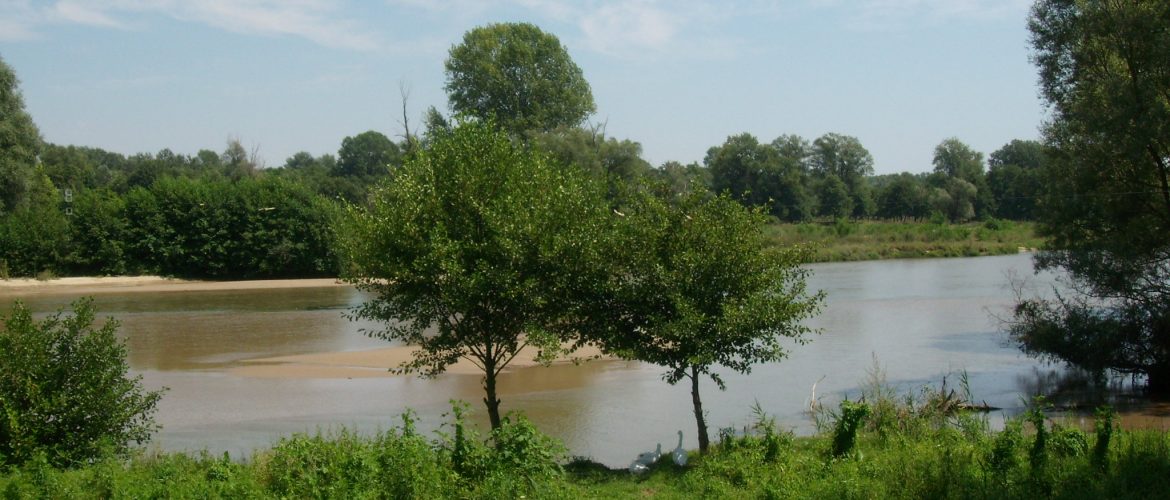The Green Tank contributed with comments to the European Commission’s public consultation aimed to gather information and feedback on the following three biodiversity policy initiatives:
- The evaluation of the EU 2020 Biodiversity Strategy
- The review of the application of the EU Regulation on Invasive Alien Species
- The development of legally binding EU nature restoration targets, which constitutes a key commitment of the EU 2030 Biodiversity Strategy.
Evaluating the EU 2020 Biodiversity Strategy, the Green Tank noted that the Strategy met only partially its objective of halting biodiversity loss and degradation of ecosystem services, and restoring nature. Even though there was a significant increase in the number of and area covered by Natura 2000 sites and a new ‘Action Plan for nature, people and the economy’ was adopted, weak implementation of Birds’ and Habitats’ Directives remained a significant problem. Moreover, inadequate biodiversity financing and the fact that biodiversity was not mainstreamed across various sectors and policies and sustainable practices were not sufficiently promoted resulted in poor implementation of the EU 2020 Biodiversity Strategy.
This evaluation is similar to the assessment of the implementation of the Greek National Biodiversity Strategy that the Green Tank concluded at the end of 2020, as part of its “Priority to Nature” project.
Regarding the EU Regulation on Invasive Alien Species (IAS), the Green Tank highlighted that the current list of EU invasive alien species partially covers the species that should be controlled in the EU, whereas management of IAS is poor. In order to improve the implementation of the Regulation, the Green Tank recommended among others the introduction of common rules and protocols on IAS management and eradication, greater emphasis on prevention measures, encouragement of networking among relevant authorities and promotion of training and awareness raising activities.
The third part of the consultation regarded the development of legally binding EU nature restoration targets. The EU 2030 Biodiversity Strategy provides for an EU Nature Restoration Plan. Consequently the Commission has committed to propose, later in 2021, binding EU nature restoration targets.
The Green Tank maintained in its response that the EU 2020 Biodiversity Strategy’s target to restore 15% of the degraded ecosystems was not achieved because it was too general and there was no common understanding of its scope and application. Moreover there was insufficient funding and no strategic restoration approach across the EU.
To enforce nature restoration, which is a basic pillar for the EU 2030 Biodiversity Strategy, legally binding targets for the Member States to restore degraded ecosystems are needed along with guidance to develop restoration plans and strategies. The challenge is to create a legal framework that while binding, will also adapt to the ecosystems’ dynamic evolution. For this reason general EU level restoration targets across all ecosystems and specific EU level targets per ecosystem or habitat that will take into account national characteristics are needed. The Green Tank recommended that based on these targets, the Member States can then establish national restoration plans that will be regularly revised through an assessment mechanism. The experience of National Energy and Climate Plans regarding target setting and the ability to adapt towards more ambitious targets can be helpful in setting up nature restoration plans.
Lastly, there is a need for better utilization of existing European funding for restoration, along with improved monitoring of ecosystems and their services, increased support of research and innovation to expand the knowledge on restoration and cooperation with the EU’s neighbouring countries to restore cross-border ecosystems.
The Green Tank’s contribution to the consultation is available here.



